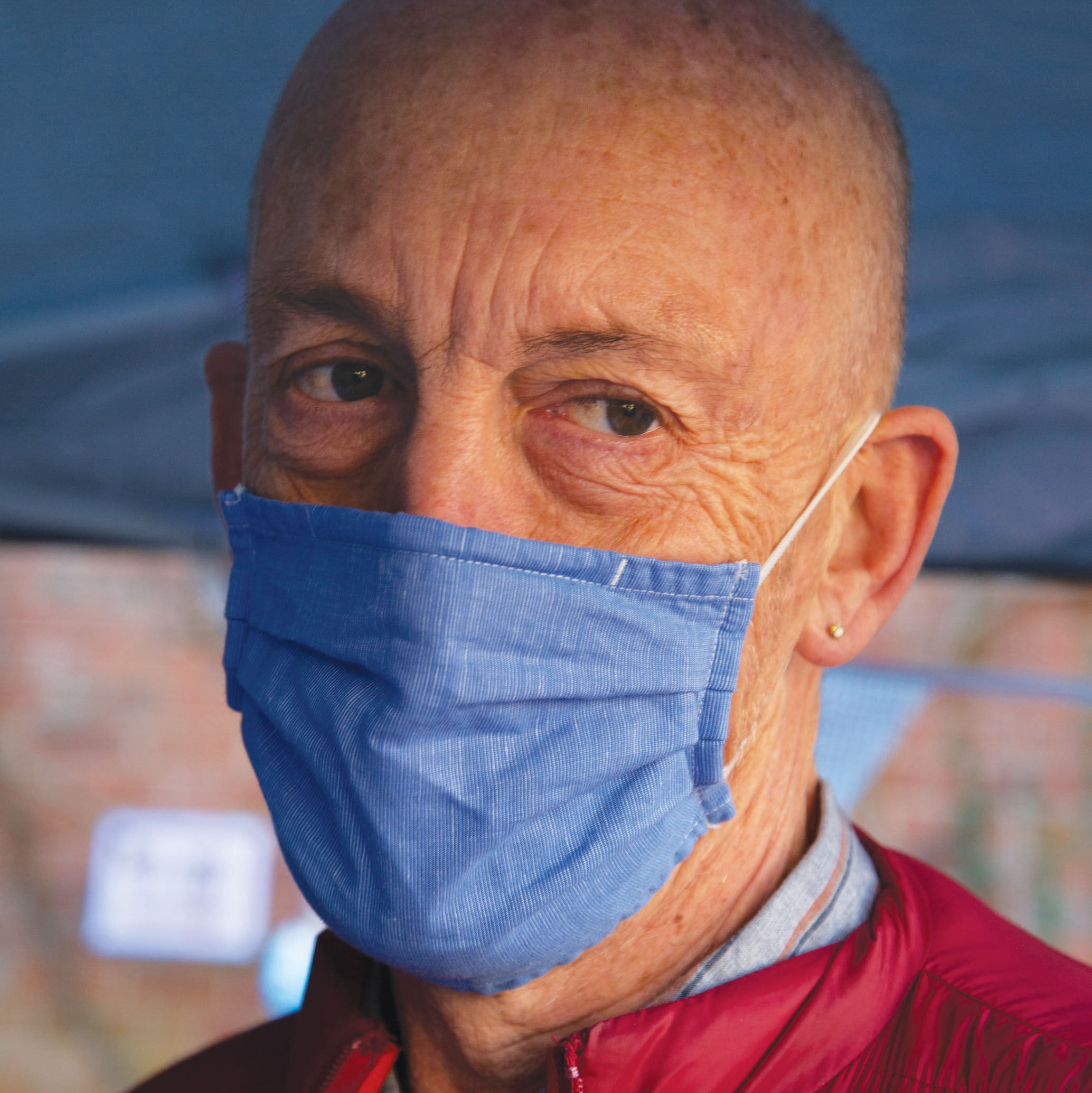Cattle skulls, cracked river beds, and dessicated rhubarb leaves: drought on a damp island
When things get serious the images of drought that the media come up with are generally empty lakes, rivers, or reservoirs, the dried mud of their normally unexposed beds cracked into a crazy-paving of distress. Or if it is really bad, images of the skulls of cattle staring hollow-eyed up at the camera, scattered over a parched and dusty landscape. Usually in Africa or somewhere cinematic like Death Valley. Until this weekend I hadn’t realised that there was an English equivilent to this apocalyptic image right there in front of me. But watering my allotment – watering cans only of course – and staring at the devastation around me as I tried to decide what to save and what to lose, I was struck by the perfectly dried brown leaves of my rhubarb plants lying on the ground, large, dessicated, abandoned to their fate, and with an uncanny resonance at least in my imagination, to those bleached dustbowl cattle skulls. I’d never looked at a rhubarb plant like that before, but as they say, once seen it can’t be unseen.
But sadly, no sound of thundering hooves coming over the dusty horizon, no water company cavalry riding to the rescue. Quite the opposite in fact, as each day trudging down to water, in what felt like an increasingly unproductive ritual, I passed by, no through, a massive water leak from yet another burst mains pipe. Fresh water gushing up between the cracks in the pavement, splitting the tarmac of the road surface and coursing down the street, forming into gigantic puddles in the depressions in the pavement where the cycletrack meets the pedestrian walkway under the glowering sun. Enough water to turn an allotment site not 30 metres away into a lush and verdant paradise of fruit trees, flowers and vegetables. Cattle, and those cavalry horses tethered and grazing peacefully in the shade of the hedge. No, the sun must be getting to me, that would be more of a mirage.
But of course that isn’t what happens. Instead, its official. Most of England is experiencing drought, and the debate seems to be whether it is the worst since 1976, for about one hundred years, or since records began. The TV announcer intones that it has been the driest July since 1885. Meanwhile press reports suggest that in Western Europe the drought is the worst for 500 years as major rivers including the Danube and Rhine dry up, revealing their ‘Hunger stones’ the most famous of which on the Elbe says ‘If you see me, then weep’, rendering these arteries of commerce for centuries, unuseable. And the cure? To ban hose pipes in gardens, allotments, or for the cleaning of cars or windows (unless that is your business of course) from 24 August. Just as the severity of the drought is debated, so too is the percentage of water leaking from those burst mains. Tweny percent? A third? 42%? It depends which company, which year, or how long the timeframe under consideration. For sure the water companies have been promising to tackle leaks, bring down the losses, for the past 20 years. Oddly the percentage of losses from leaks has stubbornly remained the same all that time. But the profits and dividends to shareholders have kept on flowing, gushing even. Corporate PR… rhubarb, rhubarb.

